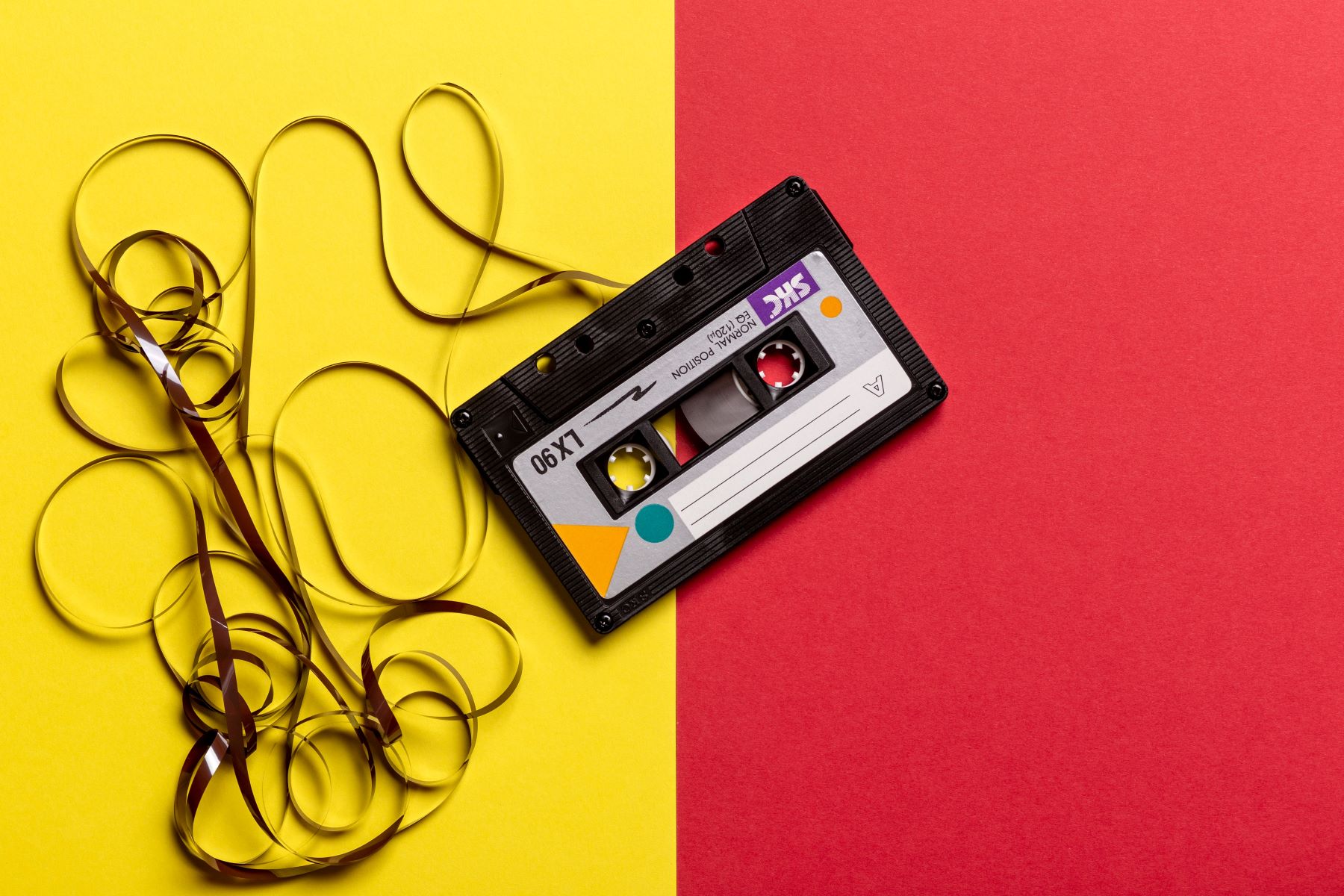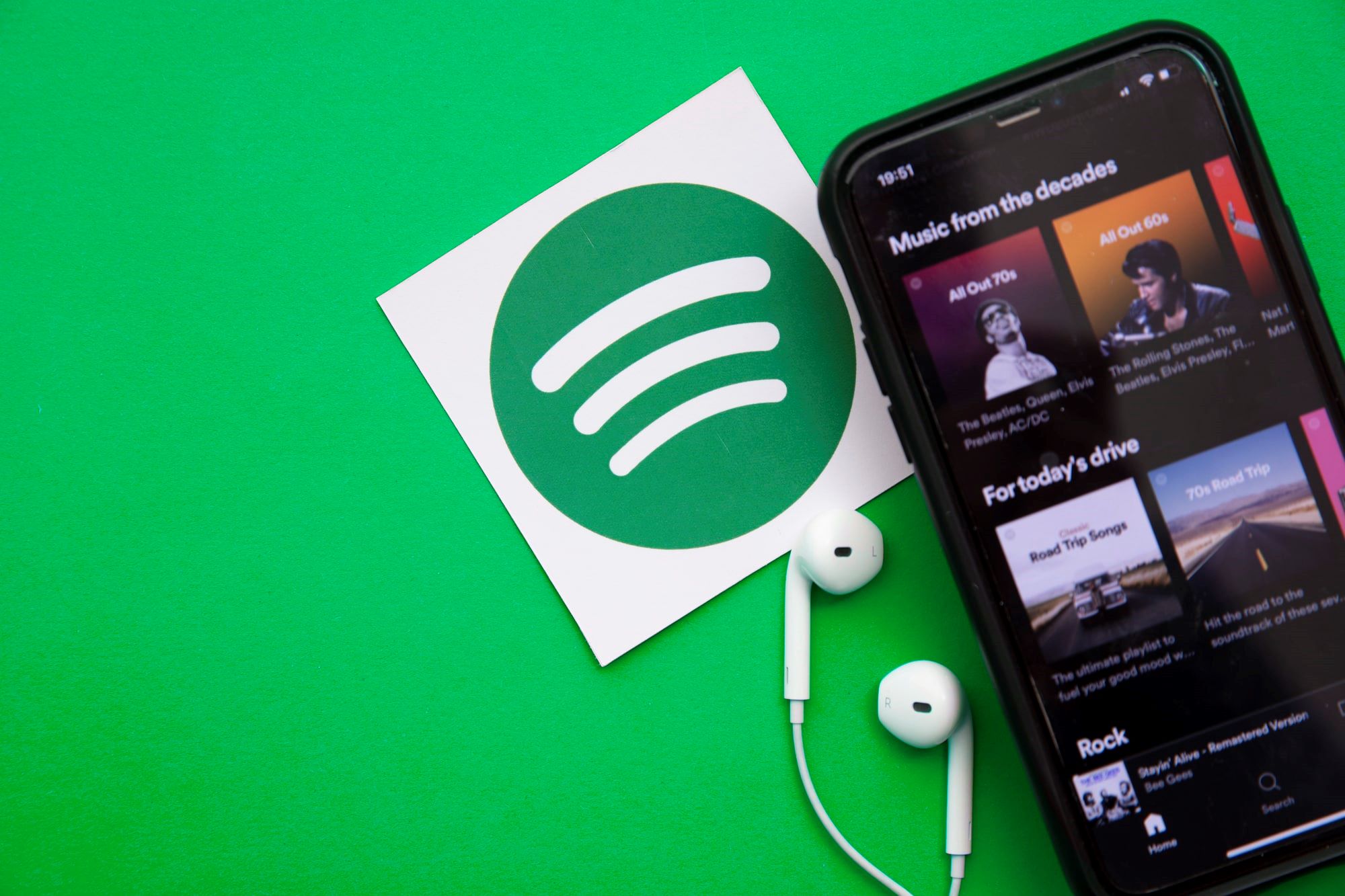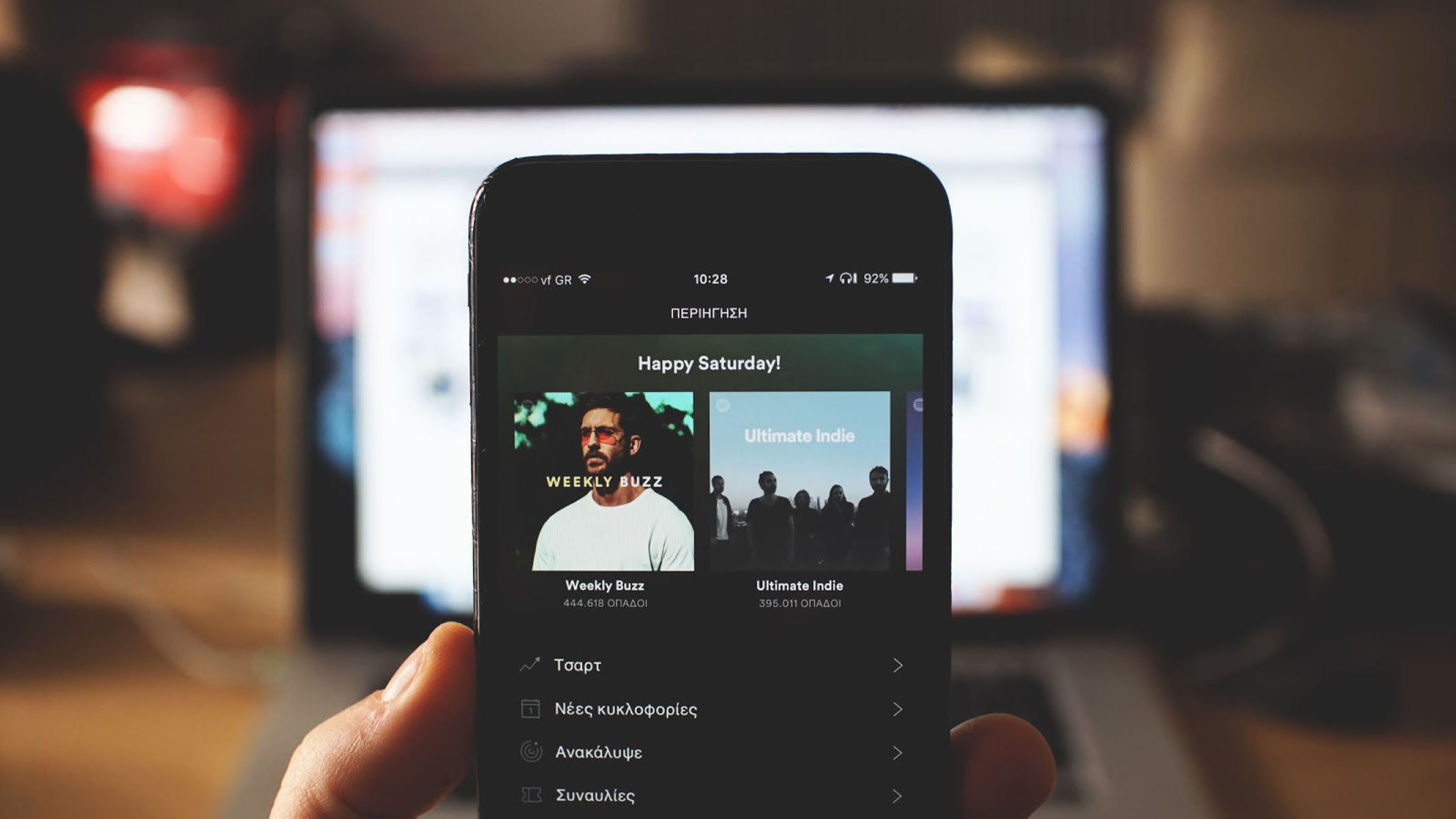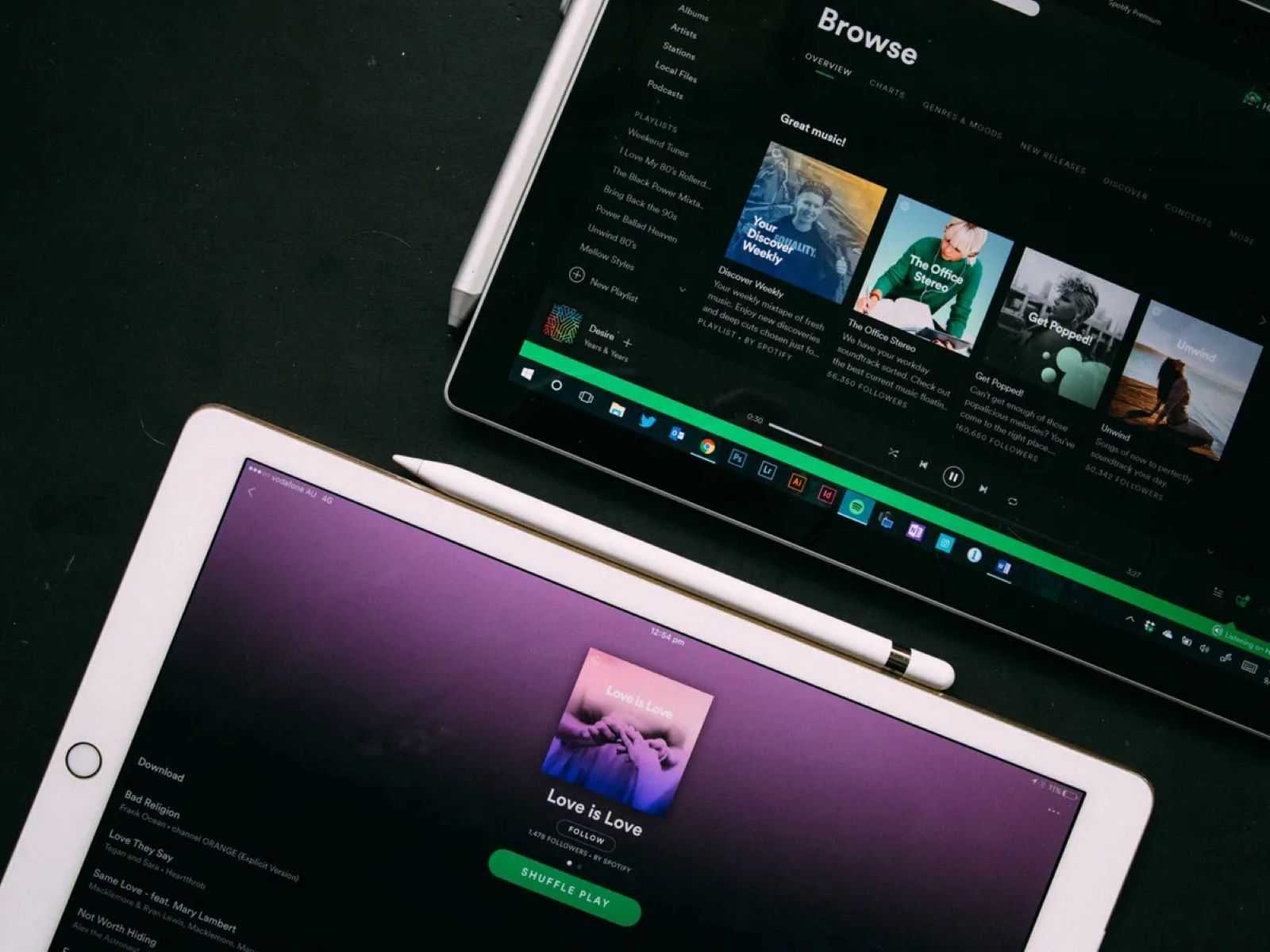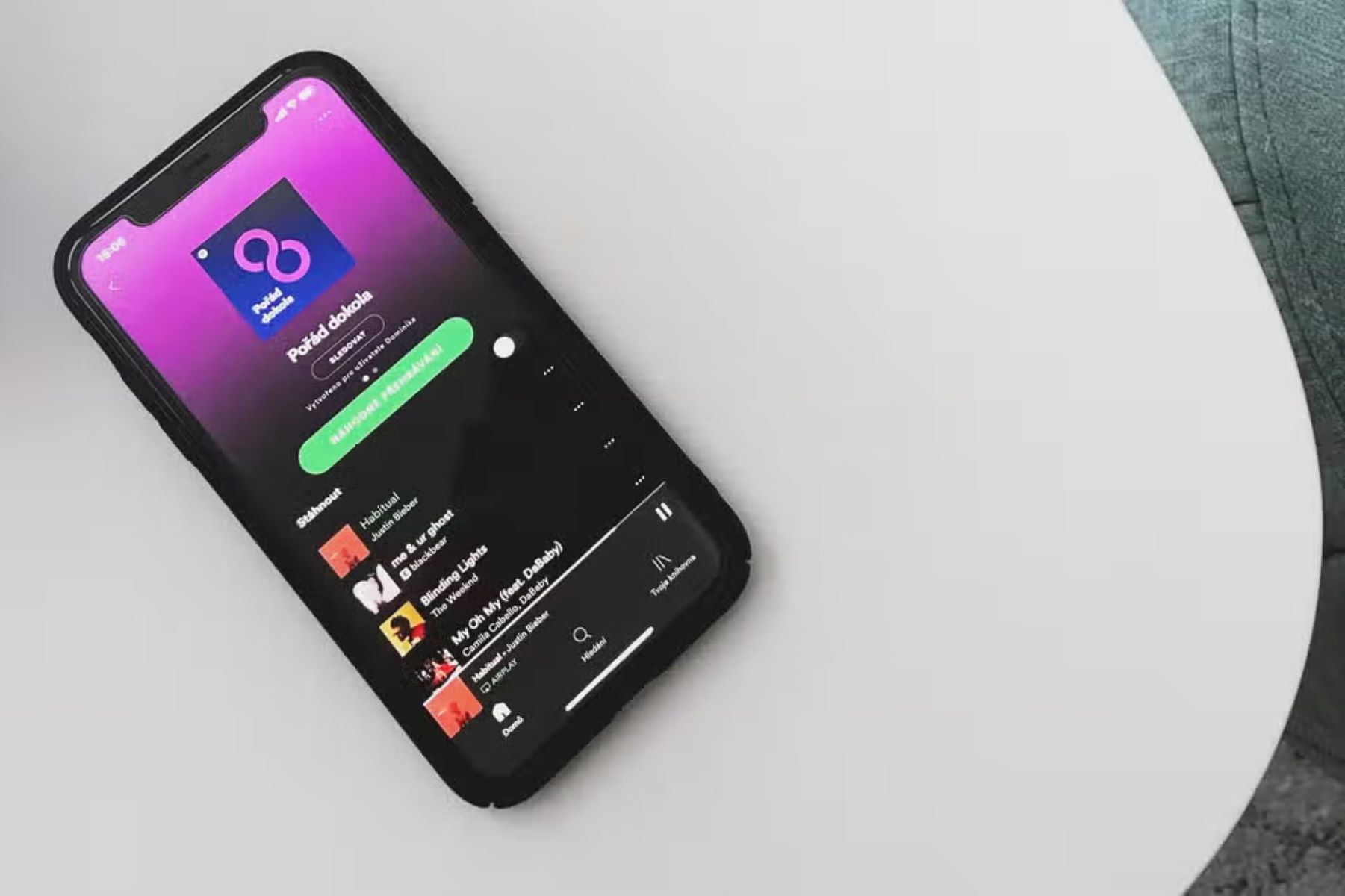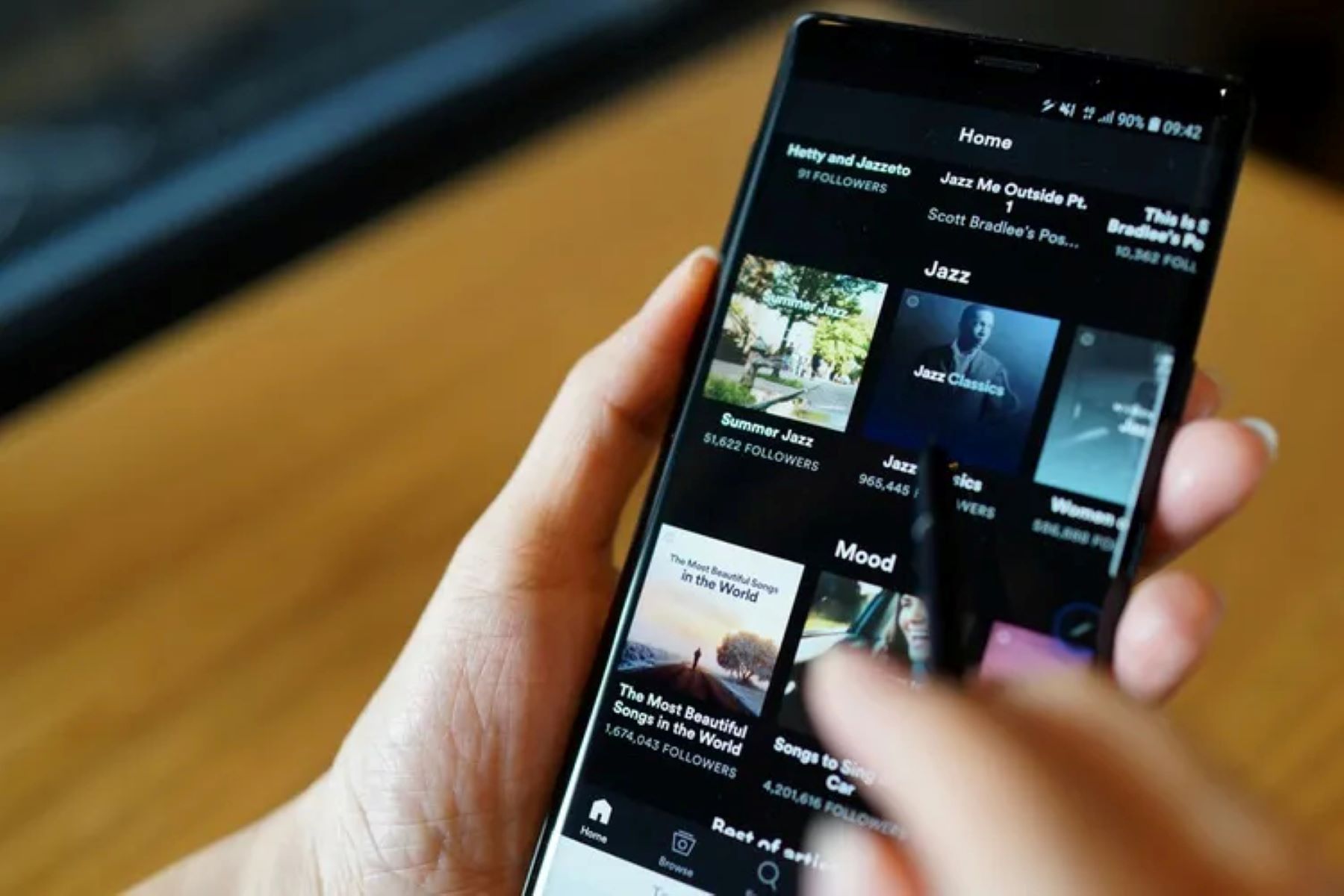Introduction
With millions of songs available on Spotify, getting your own music noticed can be a challenge. However, one effective way to boost your visibility and reach a larger audience is by submitting your song to Spotify playlists. Playlist placements can drive streams, increase followers, and even attract the attention of music industry professionals.
In this guide, we will walk you through the process of submitting your songs to Spotify playlists, from researching the right playlists to promoting your music after submission. By following these steps, you can increase the chances of your song being added to popular playlists and gaining exposure to a wider audience.
Before diving into the submission process, it’s important to remember that building a solid foundation for your music is key. Ensure that your song is professionally recorded, mixed, and mastered. Take the time to research your target audience, understand what playlists they are most likely to listen to, and tailor your music accordingly. With the right preparation and approach, you can maximize your chances of success.
Now, let’s get started on the journey of submitting your song to Spotify playlists and expanding your music’s reach.
Research and Prepare Your Song
Before taking the leap into submitting your song to Spotify playlists, it’s crucial to invest time in researching and preparing your music. This step will help you understand your target audience, optimize your song for playlist placement, and increase the likelihood of catching the attention of playlist curators.
Start by identifying the genre and sub-genre your song falls into. Explore popular playlists within your genre on Spotify and analyze the type of songs they feature. Pay attention to the mood, tempo, and lyrical themes that resonate with the audience. While it’s important to capture your unique sound, aligning your song with the existing playlists can increase your chances of acceptance.
Next, focus on the production quality of your music. Make sure your song is professionally recorded, mixed, and mastered to ensure that it meets the standards of the playlists you are targeting. Keep in mind that playlists curators receive numerous submissions, and they are more likely to select high-quality, well-produced songs that will keep their audience engaged.
Consider the length of your song as well. Many playlists prefer shorter tracks that fit seamlessly into a listener’s curated experience. Aim for a song length that is between 2-4 minutes, as this is what many playlist curators tend to favor.
Lastly, conduct a thorough check for any potential copyright issues or music licensing requirements. Ensure that you have all the necessary rights to distribute and monetize your song on Spotify. This will not only protect you legally, but also make your submission process smoother.
By researching and preparing your song, you lay a strong foundation for success when submitting it to Spotify playlists. Understanding your target audience, refining your sound, and ensuring high production quality will significantly increase your chances of playlist placement.
Find Relevant Spotify Playlists
One of the key factors for successfully submitting your song to Spotify playlists is finding the right playlists that align with your music style and target audience. Here are some strategies to help you discover and identify the most relevant playlists:
1. Use Spotify’s Search and Browse Features: Utilize Spotify’s search function and explore the “Browse” section to find playlists that match your genre or sub-genre. Look for playlists with a significant number of followers and regular updates, as it indicates an active and engaged audience.
2. Collaborative Playlists: Reach out to fellow musicians or industry connections to find collaborative playlists in your genre. These playlists are often created by fans, influencers, or music enthusiasts who curate songs based on a specific theme, mood, or style. Collaborating with these playlist creators can expand your reach and connect you with new listeners.
3. Online Communities and Social Media: Join online communities, forums, and social media groups dedicated to music promotion. Engage with fellow artists, curators, and playlist creators to discover playlists that match your style. These communities often have dedicated threads or submission opportunities for playlist consideration.
4. Playlist Curator Websites: Several websites and platforms provide resources to help you find Spotify playlists and their curators. Some of these platforms allow you to search for playlists based on genre, follower count, and submission requirements. Take advantage of these resources to identify relevant playlists and streamline your submission process.
5. Analyze Similar Artists: Identify artists similar to your style and examine the playlists they have been featured on. This can give you insights into the playlists that may be interested in your music as well. Look for playlists that have supported multiple artists within your genre to increase your chances of acceptance.
Remember, it’s important to focus on quality rather than quantity when selecting playlists. Aim for playlists that have an engaged audience and cater to your specific niche. This will ensure that your music reaches the right listeners who are more likely to appreciate and support your work.
By utilizing these strategies and conducting thorough research, you can pinpoint the most relevant Spotify playlists for your music and increase your chances of playlist placement.
Follow Submission Guidelines
Once you have identified the Spotify playlists that align with your music style, it’s crucial to follow their submission guidelines. Each playlist may have specific requirements and procedures for submitting songs, and adhering to these guidelines can greatly increase your chances of getting added to the playlist. Here are some key steps to follow:
1. Review the Playlist Curator’s Instructions: Visit the curator’s website, social media profiles, or official playlist description on Spotify to gather information about their submission process. Look for any specific instructions, email addresses, or online forms they may provide for submissions.
2. Pay Attention to Submission Deadlines: Some playlists have specific submission windows or deadlines. Ensure that you submit your song within the designated timeframe to be considered for inclusion. Missing the deadline may result in your submission being overlooked.
3. Provide the Required Information: Some curators may ask for additional information, such as a brief artist biography, song description, or relevant links (e.g., social media profiles, website, press kit). Make sure to include all the requested details in your submission.
4. Submit the Correct File Format: Most playlists require songs to be submitted as MP3 or WAV files. Ensure that your song meets the required format and is free from any technical issues such as audio clipping or excessive background noise.
5. Respect the Playlist’s Genres and Themes: If a playlist has specific genre or theme requirements, ensure that your song fits within those guidelines. Submitting music that doesn’t align with the playlist’s intended style may result in rejection.
6. Personalize Your Submission: When reaching out to playlist curators, take the time to craft a personalized and professional email or message. Address the curator by name, express your appreciation for their playlist, and explain why your song would be a good fit.
7. Be Patient and Follow Up: Understand that playlist curators receive numerous submissions and may take time to review and consider your song. Avoid bombarding them with repetitive messages or inquiries. Instead, wait for a reasonable period and consider sending a polite follow-up if you haven’t received a response.
By diligently following the submission guidelines, you demonstrate professionalism and respect for the curator’s time and preferences. This increases the chances of your song being considered and added to the Spotify playlist you are targeting.
Craft a Convincing Pitch
When submitting your song to Spotify playlists, it’s important to craft a convincing pitch that captivates playlist curators and convinces them to listen to and consider your music. A well-written pitch can make your submission stand out among the countless others they receive. Here are some tips to help you craft a compelling pitch:
1. Personalize Your Pitch: Start by addressing the playlist curator by name. This shows that you have taken the time to research and understand their work. Mention specific playlists that you admire or that your music is similar to, demonstrating that you have a genuine interest in their curation style.
2. Highlight Your Unique Selling Points: Emphasize what sets your song apart from others. Is it the catchy melody, thought-provoking lyrics, or powerful vocals? Share any notable achievements or recognition your music has received, such as awards, positive reviews, or radio airplay. Showcase your strengths to make a strong first impression.
3. Keep it Concise and Engaging: Be mindful of the curator’s time and write a pitch that is concise and to the point. Clearly communicate the essence of your song and its potential appeal to the curator’s audience. Use descriptive language and vivid imagery to engage their interest.
4. Showcase Your Brand and Story: Share a bit about your background as an artist and the inspiration behind your music. Connect with the curator on a personal level by sharing your journey, musical influences, or any unique experiences that have shaped your artistic identity. This helps build a connection and intrigue the curator about your music.
5. Provide Supporting Links and Information: Include links to your song on Spotify or other streaming platforms, your official website, social media profiles, and any other relevant online presence. This allows the curator to easily access and explore your music further. If you have an EPK (Electronic Press Kit), consider attaching it or providing a link for more comprehensive information.
6. Express Gratitude and Enthusiasm: Conclude your pitch by expressing your gratitude for the curator’s time and consideration. Let them know that you would be honored to be included in their playlist. Show genuine enthusiasm for the opportunity and convey your eagerness to collaborate.
Remember, a well-crafted pitch demonstrates your professionalism, passion, and dedication as an artist. It gives you the chance to make a memorable impression on playlist curators and increases the likelihood of them listening to and potentially adding your song to their coveted playlist.
Submit Your Song
After researching, preparing your song, and crafting a convincing pitch, it’s time to submit your song to Spotify playlists. Here are the steps to follow to ensure a smooth and effective submission process:
1. Choose the Right Contact Method: Follow the curator’s submission guidelines to determine the preferred method of contact. This could be through email, an online submission form, or a specific platform they have mentioned. Pay attention to any specific requirements or instructions mentioned.
2. Personalize Your Submission: Use the pitch you crafted earlier as a guide and personalize your submission message or subject line. Address the curator by name and include the playlist name you are targeting. This shows that you have done your research and are genuinely interested in being featured.
3. Attach or Link Your Song: Depending on the curator’s preference, attach your song as an MP3 or WAV file, or provide a streaming link via platforms like Soundcloud or YouTube. Ensure that the curator has easy access to your music and can listen to it directly.
4. Include Necessary Information: Provide important details about your song, such as the title, artist name, and release date. Include any relevant information or context about your music, such as the genre, mood, or production details. Keep your submission concise and focused on what makes your song a great fit for the playlist.
5. Follow Up Appropriately: After submitting your song, exercise patience as playlist curators receive numerous submissions. However, if you haven’t heard back after a reasonable amount of time, consider sending a polite follow-up inquiry. Avoid being pushy or spamming the curator, but a friendly reminder can help ensure your submission doesn’t get lost in their inbox.
6. Keep Track of Submissions: Maintain a spreadsheet or document to track all your submission efforts. Note down the playlist name, curator contact details, date of submission, and any follow-up actions taken. This helps you stay organized and follow up strategically.
Remember, the submission process may require persistence and patience. While not all submissions may result in immediate playlist placements, each submission is an opportunity to showcase your talent and connect with industry professionals.
By following these steps and proper submission etiquette, you increase the likelihood of getting your song noticed by playlist curators and potentially added to Spotify playlists, providing you with a valuable platform to reach a wider audience and gain new fans.
Promote Your Song
Submitting your song to Spotify playlists is just one part of the equation. To maximize the exposure and reach of your music, it’s essential to actively promote your song before and after playlist placement. Here are some strategies to effectively promote your song:
1. Leverage Your Social Media Channels: Utilize platforms like Instagram, Twitter, Facebook, and TikTok to create buzz around your song release. Share teaser snippets, behind-the-scenes content, and engaging visuals to pique the interest of your followers. Encourage them to listen to your song on Spotify and share it with their networks.
2. Engage with Fans and Followers: Interact with your fans by responding to comments, messages, and direct inquiries. Show appreciation for their support and encourage them to save, share, and add your song to their personal playlists. Building a strong connection with your audience can lead to greater engagement and word-of-mouth promotion.
3. Collaborate with Influencers and Bloggers: Reach out to influential bloggers, music enthusiasts, and social media influencers who have a following that aligns with your target audience. Offer them exclusive access to your music or collaborate on content creation to increase visibility and exposure.
4. Engage with Spotify for Artists: Take advantage of the tools and features available through Spotify for Artists. Customize your artist profile, submit upcoming songs for release, and analyze listener data to better understand your audience. This information can help you tailor your promotional efforts and identify areas of growth.
5. Submit Your Song to Music Blogs and Online Platforms: Research and submit your song to music blogs, online magazines, and platforms that feature emerging artists. This can help generate buzz, reviews, and additional exposure for your song beyond Spotify playlists.
6. Utilize Playlist Promotion Services: Explore playlist promotion services that help independent artists gain exposure on curated playlists. These services can provide targeted promotion to reach a wider audience and increase the chances of playlist placement.
7. Network and Collaborate with Other Artists: Build connections with fellow artists and explore opportunities for collaboration. By cross-promoting each other’s music or featuring as a guest artist on their tracks, you can tap into each other’s fan bases and expand your reach.
Remember, promotion requires consistent effort and creativity. Don’t be afraid to think outside the box and explore unique promotional strategies that align with your music and target audience. Stay engaged, build relationships, and continue promoting your song to maximize its visibility and reach.
Track Results
Once you have submitted your song to Spotify playlists and implemented your promotional efforts, it’s important to track and analyze the results to gauge the effectiveness of your campaign. Here are some key steps you can take to track the impact of your song:
1. Monitor Spotify Analytics: Utilize Spotify for Artists to access valuable insights and data about your song’s performance. Track metrics such as the number of streams, listener demographics, and playlist placements. Analyze the data to identify trends, understand audience engagement, and gain insights into which playlists are driving the most streams.
2. Measure Social Media Engagement: Keep an eye on social media platforms to gauge audience engagement. Track the number of likes, comments, shares, and mentions related to your song. Look for increases in your follower count and engagement rates to determine the impact of your promotional efforts.
3. Review Streaming Platforms’ Analytics: If your song is available on multiple streaming platforms, such as Apple Music or Deezer, review their analytics to assess performance. Compare the number of streams, playlist inclusions, and listener engagement across different platforms to identify potential areas for growth.
4. Analyze Website Traffic: If you have a dedicated website or landing page for your music, track the number of visitors, page views, and engagement metrics. Monitor referral sources to see if any promotion efforts, such as blog features or media coverage, are driving traffic to your site.
5. Pay Attention to Listener Feedback: Keep an eye on online comments, reviews, and direct messages from listeners. Take note of feedback regarding your song, its impact, and any suggestions or requests from your audience. This can provide valuable insights and help refine your future promotional and creative strategies.
6. Adjust Your Approach: Based on the data and insights gathered from tracking your results, make adjustments to your promotional strategies as necessary. Double down on tactics that are yielding positive results and pivot away from those that are not proving fruitful. Experiment with new approaches to keep your promotional efforts dynamic and effective.
By diligently tracking the results of your promotional efforts, you can gain valuable insights into the success and impact of your song. This information will help inform future marketing strategies, allowing you to optimize your approach and continue building your presence on Spotify and other platforms.







